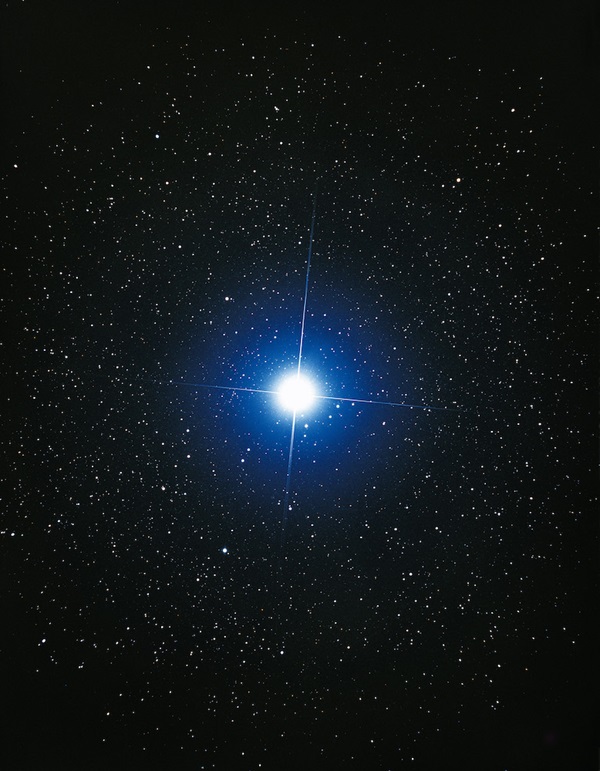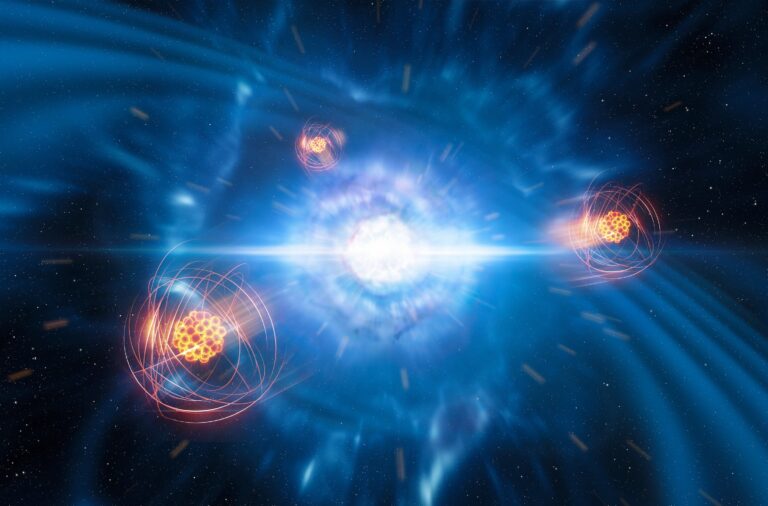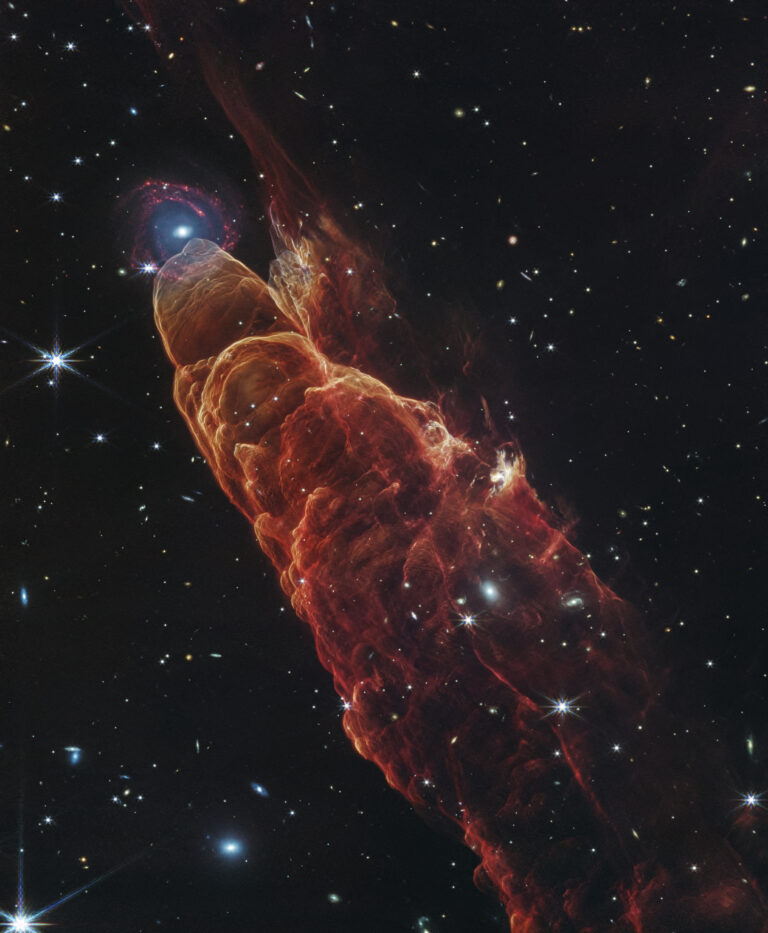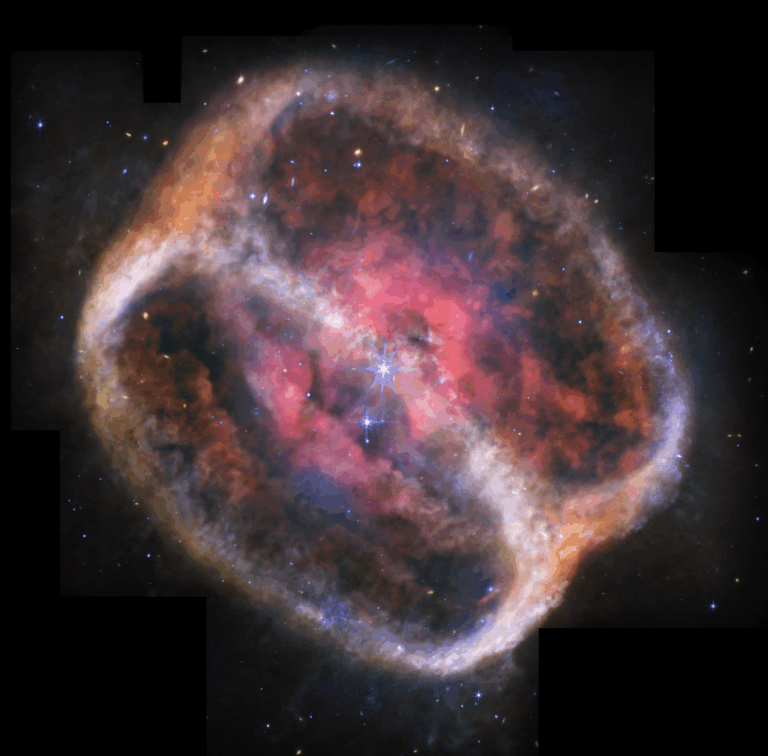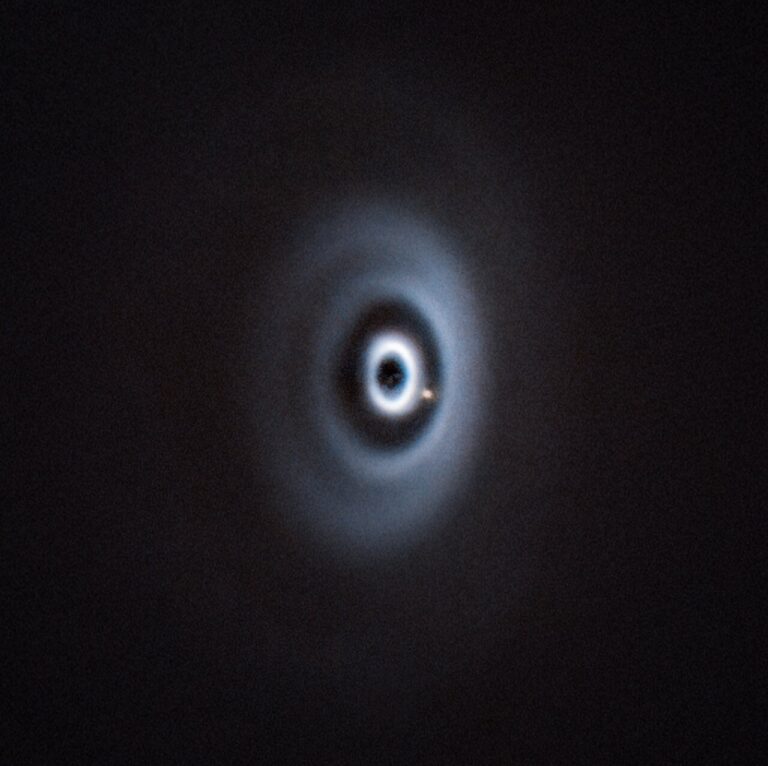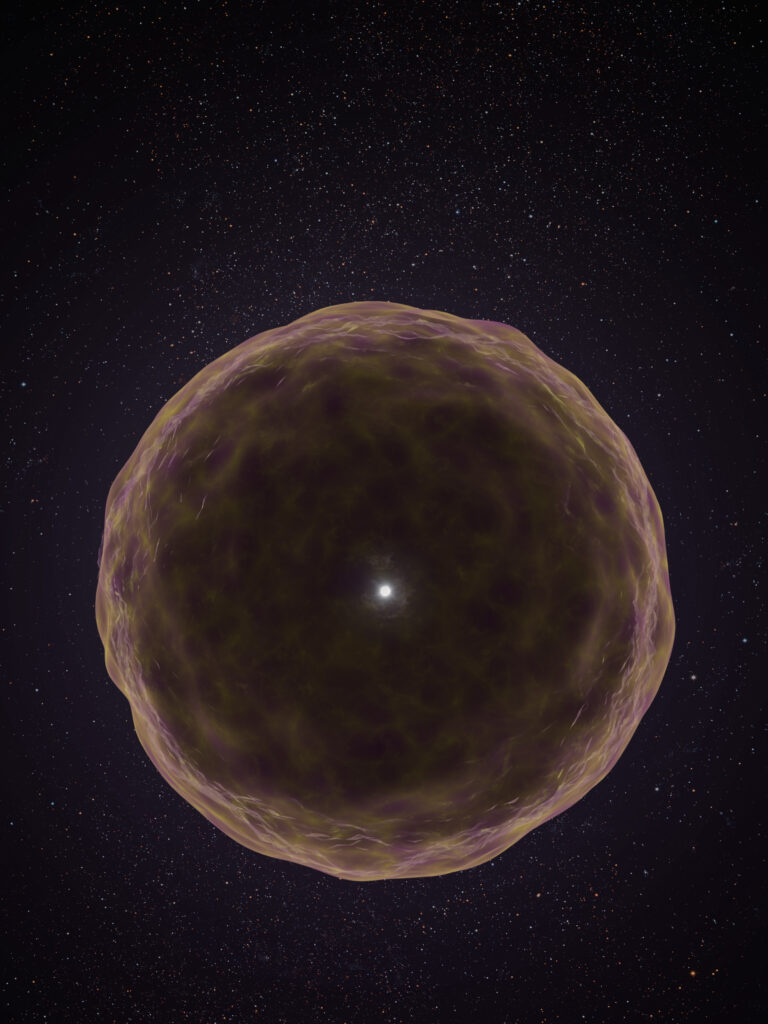Key Takeaways:
- Sirius, the brightest star in the Northern Hemisphere, resides within the Milky Way galaxy due to its proximity to Earth.
- The Sirius star system comprises two stars: Sirius A (a main sequence A-type star) and Sirius B (a white dwarf).
- Currently, no planets have been detected within the Sirius star system.
- Research, incorporating Hubble data and historical records, excludes the presence of brown dwarfs or exoplanets exceeding 15 Jupiter masses.
Is Sirius part of the Milky Way? Does it have any known planets?
Sirius is the brightest star in the Northern Hemisphere. In order to see a pointlike star with your naked eye, it must be relatively close to us; this means that all the stars you can see in the night sky are within the Milky Way Galaxy. Resolving individual stars in other nearby galaxies, such as Andromeda in the Northern Hemisphere or the Large and Small Magellanic Clouds in the Southern Hemisphere, requires professional equipment like the Hubble Space Telescope.
Sirius is about 8.6 light-years from Earth. There are two identified stars in the Sirius star system, a main sequence spectral type A star and a faint white dwarf, designated Sirius A and B, respectively. No planets have been identified in the system so far. Combining Hubble observations with historical measurements dating back to the 19th century, researchers have ruled out the possibility of any brown dwarfs or any exoplanets larger than 15 times the mass of Jupiter. However, looking at our own solar system’s plethora of smaller planets, it’s not a stretch to imagine that there could be a considerable number of exoplanets evading detection in this system.

